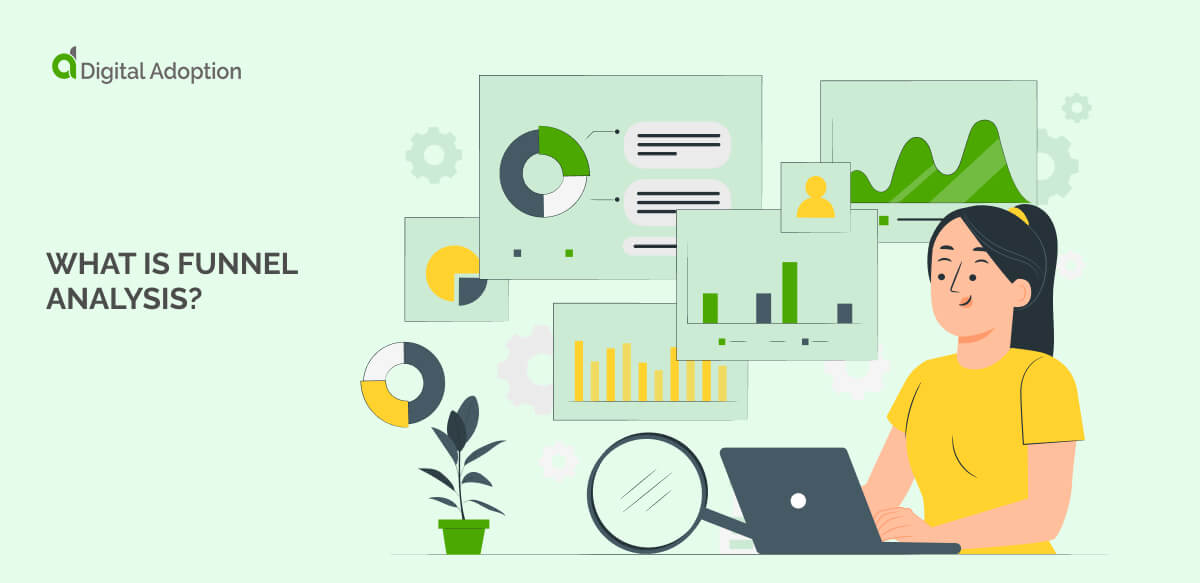Funnel analysis use cases
Funnel analysis is a powerful tool that helps businesses improve customer journeys and increase conversions.
By identifying where users drop off and making data-driven changes, businesses can achieve better outcomes.
Below are three examples of how funnel analysis is applied in different industries.
E-commerce
Scenario: An online retailer notices a high cart abandonment rate.
Method: Funnel analysis identifies the checkout process as the drop-off point. The business tests improvements like reducing form fields, adding guest checkout options, and offering free shipping thresholds.
Outcome: Conversion rates increase as more users complete their purchases. Revenue grows due to fewer abandoned carts and higher average order values.
SaaS
Scenario: A software company struggles to convert free trial users into paying customers.
Method: Funnel analysis shows users drop off after setting up their accounts. The business adds onboarding emails, tooltips, and tutorials to guide users through the product’s core features.
Outcome: Through effective performance tracking, user engagement improves as trial users see the product’s value faster, leading to more customers upgrading to paid plans.
Travel
Scenario: A travel agency notices customers often leave the website after searching for flights.
Method: Funnel analysis highlights that users drop off on the search results page. The agency optimizes this page by adding clearer filters, price alerts, and more personalized recommendations.
Outcome: Customers find relevant options faster, increasing bookings and reducing bounce rates.

